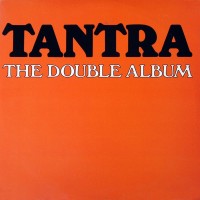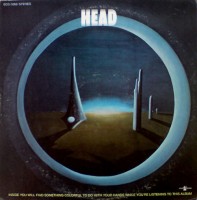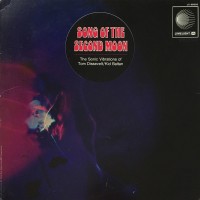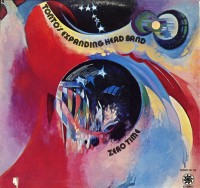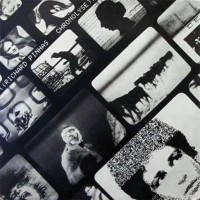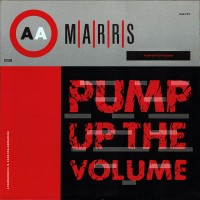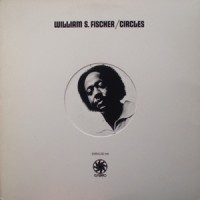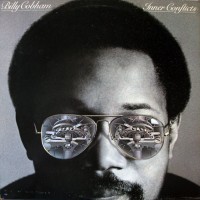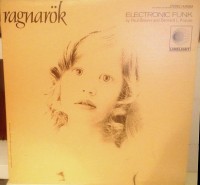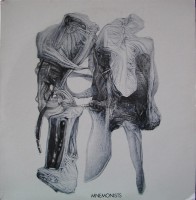
I’ve heard a lot of mysterious, strange records in my life, but few can surpass Mnemonists’ Horde for sheer baffling otherness. Rarely has the term “nothing is as it seems” been more applicable to a piece of music. An obscure collective of musicians and visual artists in Colorado, Mnemonists—who later morphed into the slightly more comprehensible but still very challenging Biota—conjure a bizarre soundworld in which it’s nearly impossible to discern how the sounds are being generated and what instruments are being deployed. People who care about such things will feel extremely itchy while listening to Horde, but it’s best to just let the underworldly noises wash over you, like silty water from a cave on Mars. Let your subconscious have a terrifying joy ride for once, why don’t you?
Horde contains 10 tracks, but for all practical purposes it’s one monstrous (de)composition. Heard from a certain angle, the album sounds like a riot in an insane asylum or an avian slaughterhouse that somehow has a train running through it. You can understand why Nurse With Wound’s Steven Stapleton would love this album, as it captures the nightmare logic and unsettling surrealism that marked so many of his own releases.
Heard from another angle, Horde seems like the handiwork of a chamber orchestra who appear to be undergoing some sort of mental crisis. Thankfully, the players are all stalwart avant-gardists who know how to contour madness into scintillating torrents of aural legerdemain. (I’m not sure what that means, either, but if you immerse yourself in Horde long enough, that sentence may cohere into comprehensibility.)
The 1998 CD reissue of Horde that I own lists the instruments used. Contrasting with familiar ones like guitar, sax, clarinet, piano, cello, and double bass are shawm, crumhorn, “processing,” and “tape work.” It’s the latter two—guided mainly by Bill Sharp and Mark Derbyshire—that likely have most influenced the primordial soup of disorienting improv brewing on Horde.
This is experimental music at its most gnomic and subtly horrifying. Listening to Horde totally sober is an ordeal; experiencing it under the influence of a hallucinogen could lead to unparalleled revelations or, more likely, a descent into insanity. But what a way to go… -Buckley Mayfield


